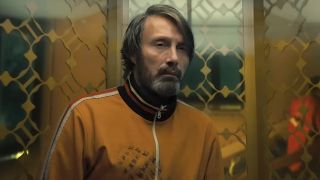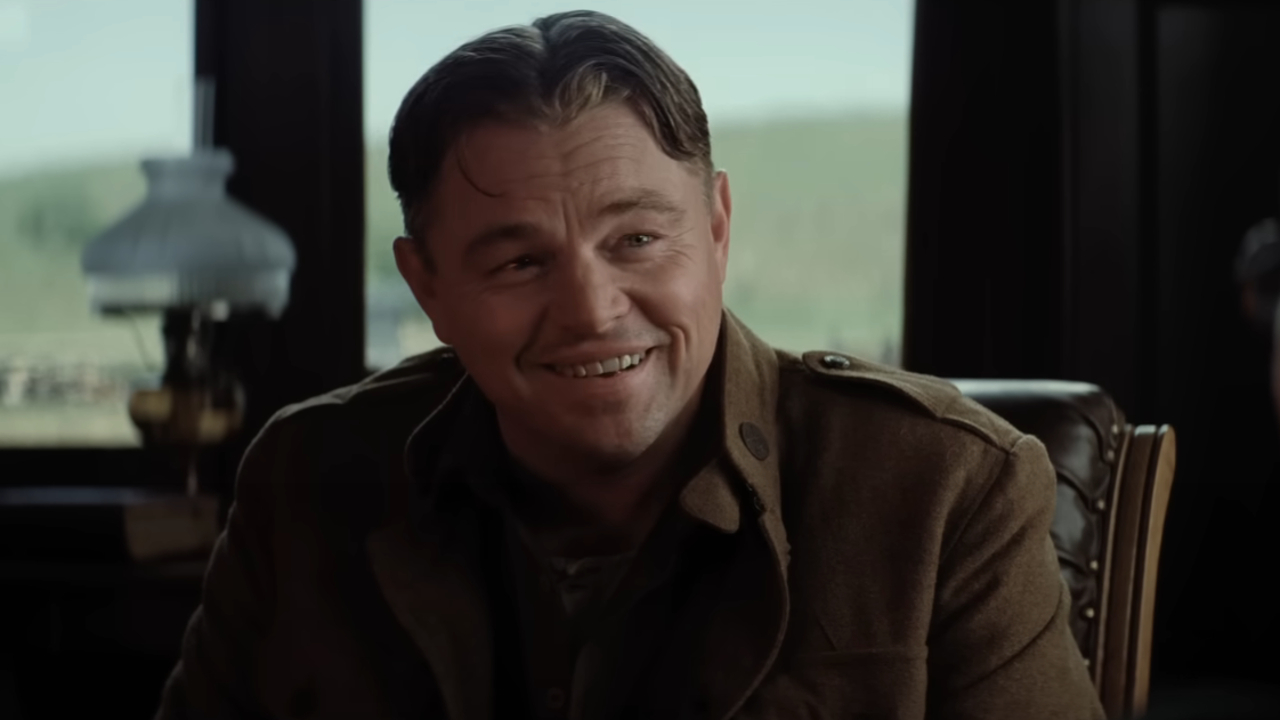Interviews
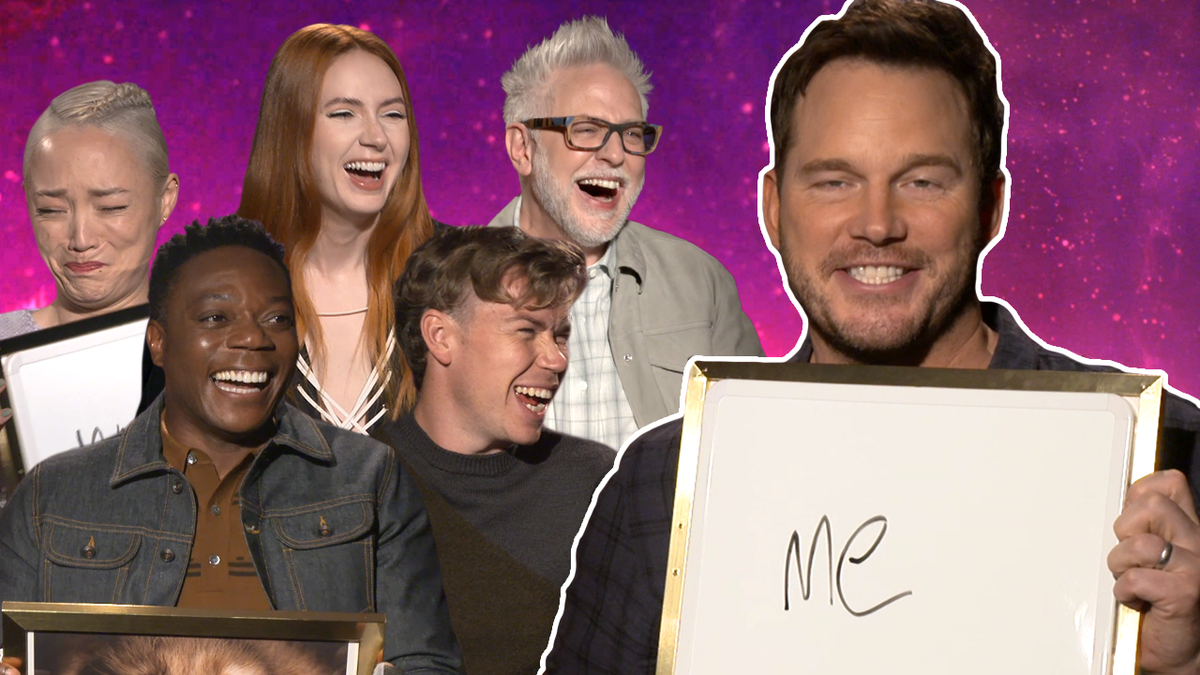
CinemaBlend frequently sits down with the talent who are responsible for the movies, television shows, streaming features, and pop-culture moments that you want to be reading more about. From Tom Hanks to the cast of Avatar: The Way of Water, from the latest contestant on The Masked Singer to the cast of Yellowstone, CinemaBlend ample time for exclusive conversations with Hollywood's biggest stars.
And CinemaBlend prides itself on asking talent the questions that they aren't hearing from every other outlet, leading to passionate answers that are meant to educate and entertain you, our readers. If they are important in Hollywood, they are speaking with CinemaBlend.
Latest about Interviews

James Cameron Told Me Two Major Changes He Made To Avatar: Fire And Ash After Way Of Water Came Out
By Sarah El-Mahmoud published
Exclusives "There were certain things that emerged..."
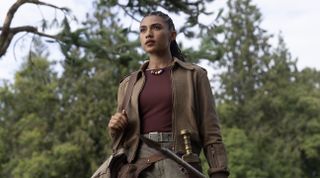
Clarisse's Big, 'Triumphant' Moment Surprised Me In Percy Jackson Episode 3, And I Had To Ask Dior Goodjohn About It
By Sarah El-Mahmoud published
Exclusives She's more than she seems.
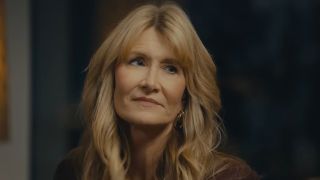
Laura Dern May Be An Oscar Winner, But She Told Us Why She Still Pops Up In Smaller Roles
By Erik Swann published
Exclusives How can someone not love her?
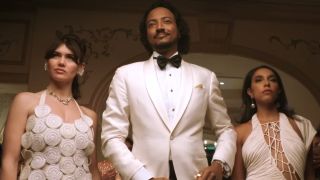
How Does Sex With Pluribus' Others Work? One Star Left Me Cackling With His Thoughts: 'There's No Judgment, Right?'
By Nick Venable published
Is it like a mental orgy?
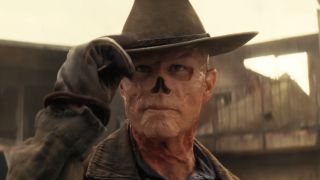
Fallout Season 2’s Premiere Has A Great Opening Scene, And Walton Goggins Gushed About How It References His Favorite Movie
By Erik Swann published
Exclusives Talk about kicking off the season with a bang!

I Didn’t Get Why Pluribus' Manousos Traveled The Durién Gap By Foot Instead Of Taking A Boat, But The Actor Gave Me A Logical Explanation
By Nick Venable published
Exclusives Did everyone else also yell "OUCH" at their screens?

Sydney Sweeney Has Seen Those Mamma Mia Fan Castings And She And Amanda Seyfried Already Have An A+ Idea
By Corey Chichizola published
exclusives Here we go again.
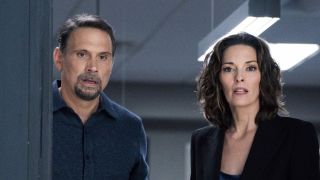
After Jubal Crossed Some Major Lines In FBI’s Fall Finale, Jeremy Sisto Revealed Two Emotional Moments That ‘Weren’t Even Scripted’
By Laura Hurley published
Exclusives Jubal may have to face consequences for this one.
Your Daily Blend of Entertainment News

